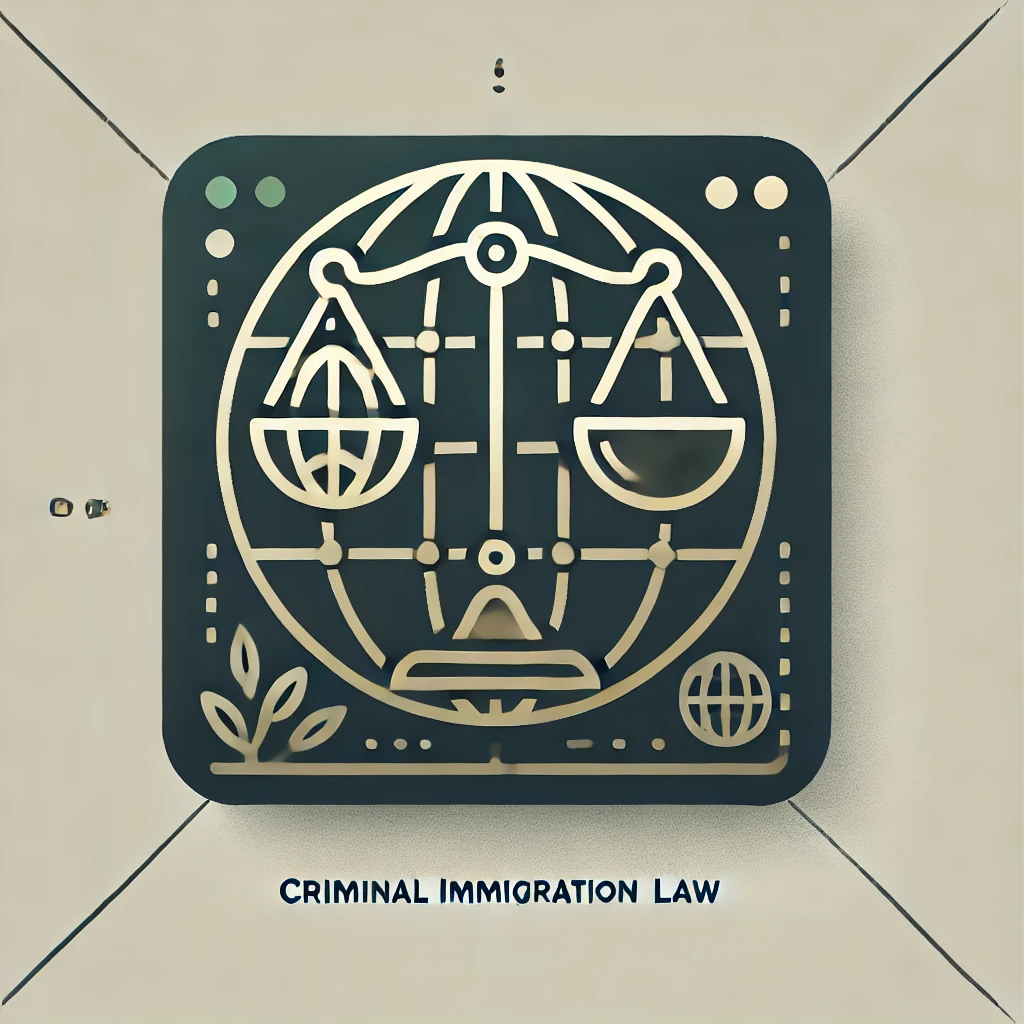The Evolution of Board of Immigration Appeals Decision-Making Process
The Board of Immigration Appeals (BIA) plays a pivotal role in the U.S. immigration system, shaping the outcomes of countless cases and determining the fate of individuals seeking relief or protection. Over the years, the decision-making process of the BIA has undergone significant evolution, influenced by changes in laws, policies, and technological advancements.
Introduction
The BIA, established in 1940, serves as the highest administrative body for interpreting and applying immigration laws. Its decisions not only impact individual cases but also set precedents that shape immigration law. Understanding the evolution of its decision-making process provides insight into the complexities of immigration law and its administration.
Historical Background
The BIA was initially created to provide uniformity and consistency in immigration decisions across the United States. In its early years, its decision-making process relied heavily on legal analysis and precedent. However, as immigration laws evolved and caseloads increased, the BIA faced challenges in maintaining efficiency and consistency.
Changes in Decision-Making Process
Pre-2020 procedures
Before 2020, the BIA operated under a predominantly paper-based system. Decisions were often delayed due to manual processing and the sheer volume of cases. Additionally, there were concerns about consistency in decision-making, with critics pointing to disparities in outcomes among different panels.
Get complimentary general advice via email or WhatsApp!
For more in-depth legal counsel, phone or office consultations are available for a flat fee for up to 40 minutes.
Contact Us on WhatsApp Visit Our Contact PagePost-2020 reforms
In recent years, the BIA has undergone significant reforms aimed at modernizing its decision-making process. One notable change has been the adoption of electronic filing systems and digital databases, streamlining case management and reducing processing times. Moreover, efforts have been made to enhance training for BIA members and improve transparency in decision-making.
Impact of Technology
The integration of technology has revolutionized the BIA’s decision-making process, enabling faster access to case files, legal research, and communication among panel members. By digitizing records and implementing online platforms, the BIA has been able to expedite the review process and reduce backlog.
Analysis of Recent Trends
Despite technological advancements, the BIA continues to face challenges in managing its caseload effectively. The backlog of pending cases remains a significant concern, leading to delays in the resolution of immigration matters. Moreover, questions have been raised about the consistency and predictability of BIA decisions, particularly in light of changing political landscapes and judicial interpretations.
Future Prospects
Looking ahead, the future of BIA decision-making hinges on ongoing efforts to address efficiency and fairness concerns. Continued investment in technology and training will be crucial for improving the quality and consistency of decisions. Additionally, stakeholders must work collaboratively to address systemic issues and ensure that the BIA remains a fair and impartial arbiter of immigration law.
Conclusion
In conclusion, the evolution of the BIA’s decision-making process reflects the dynamic nature of immigration law and policy. From its establishment to the present day, the BIA has adapted to changing circumstances while striving to uphold principles of justice and fairness. By embracing technology and implementing reforms, the BIA is poised to meet the challenges of the future and fulfill its vital role in the U.S. immigration system.
Unique FAQs
- How does the BIA decide cases?
- The BIA reviews written arguments and evidence presented by the parties involved, conducts legal research, and issues written decisions based on applicable law and precedent.
- Are BIA decisions final?
- BIA decisions are typically final unless appealed to federal courts. However, they can be overturned or remanded by higher courts if legal errors are found.
- What factors influence BIA decisions?
- BIA decisions are influenced by various factors, including statutory law, regulatory guidance, judicial precedent, and the specific facts and circumstances of each case.
- Can BIA decisions be challenged?
- Yes, BIA decisions can be challenged through judicial review in federal courts. However, the scope of review is generally limited to legal errors rather than factual findings.
- How long does it take for the BIA to decide a case?
- The processing time for BIA decisions can vary depending on factors such as case complexity, caseload volume, and procedural requirements. In some instances, decisions may be issued within a few months, while others may take several years.
https://criminalimmigrationlawyer.com/2023/11/12/the-evolution-of-board-of-immigration-appeals-decision-making-process/
